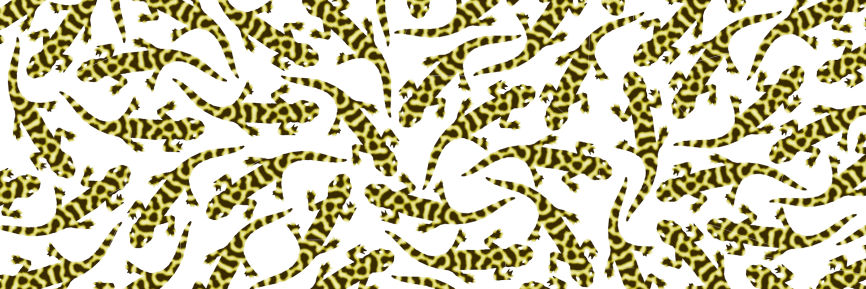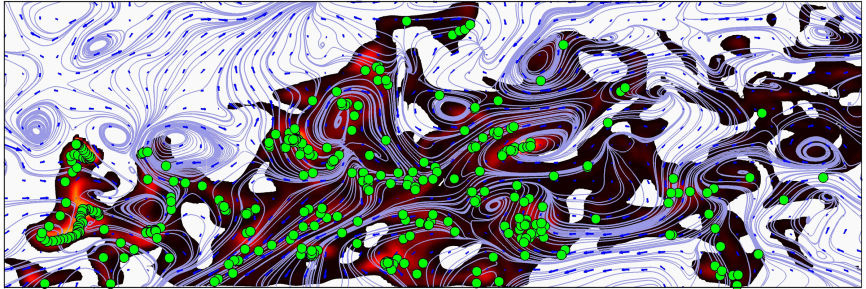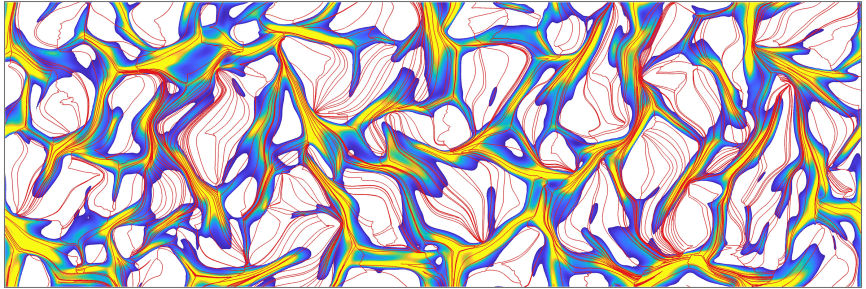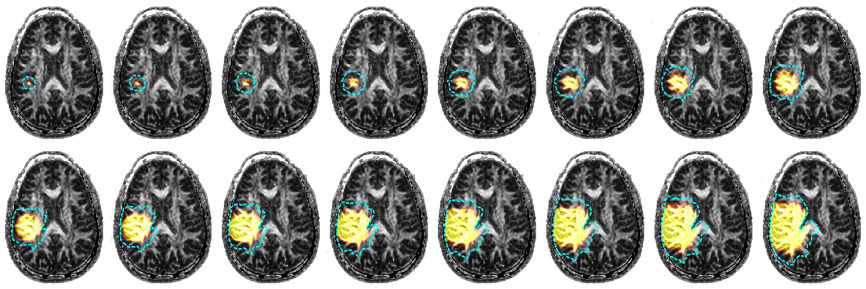
Pattern formation and self organisation
How do our early embryonic cells and tissues organise into the complicated adult organism? We are developing and analysing various models, including reaction-diffusion systems, chemotaxis models and cell adhesion models to understand the mechanistic basis of pattern formation during embryonic development, with particular interest on feather arrangement and pigmentation patterns.

Animal navigation and homing
How do animals find their way through their environment? To explore such questions we have developed multiscale models that incorporate key environmental inputs, varying from ocean and wind currents to geomagnetic field data and topography. Current projects include exploring which guidance cues turtles use to locate remote nesting sites and how the perception range of animals influences their movement and population structuring.

